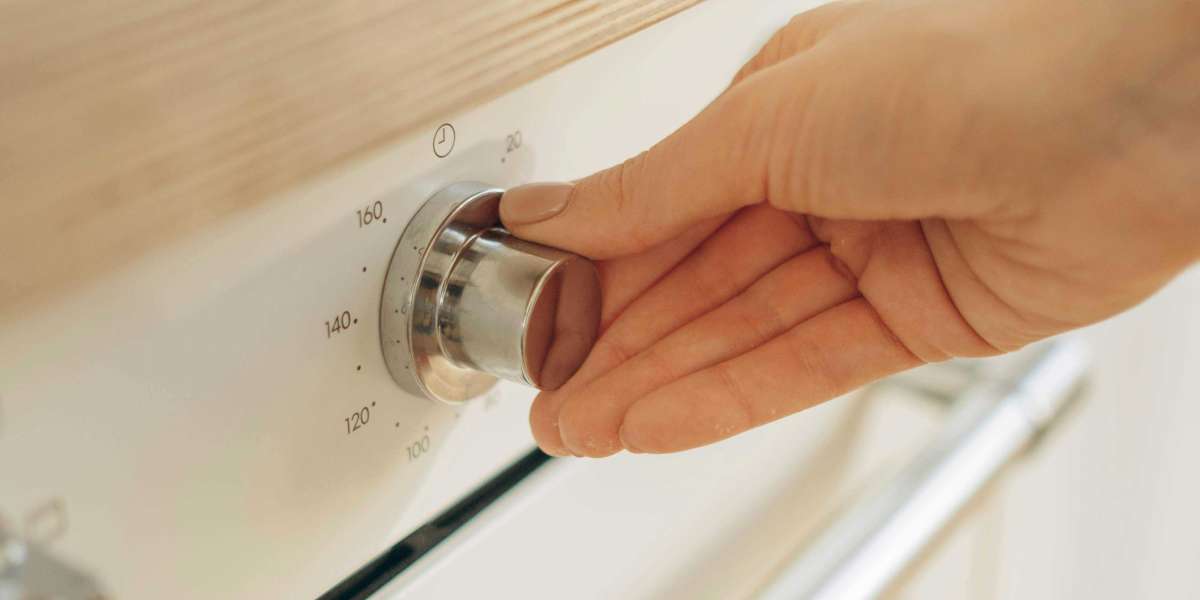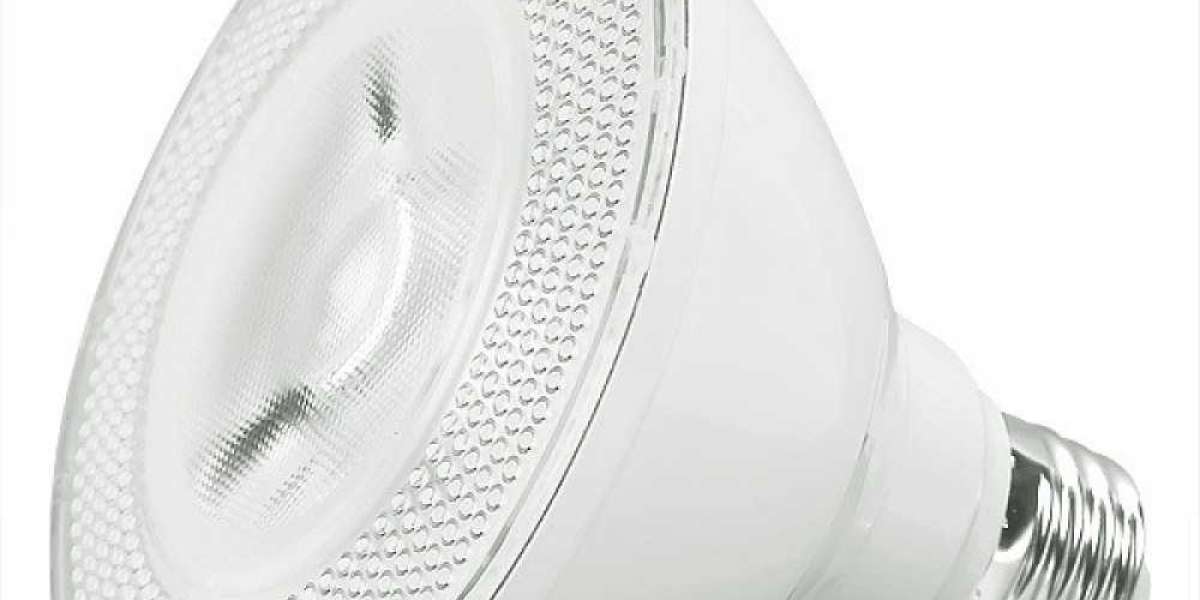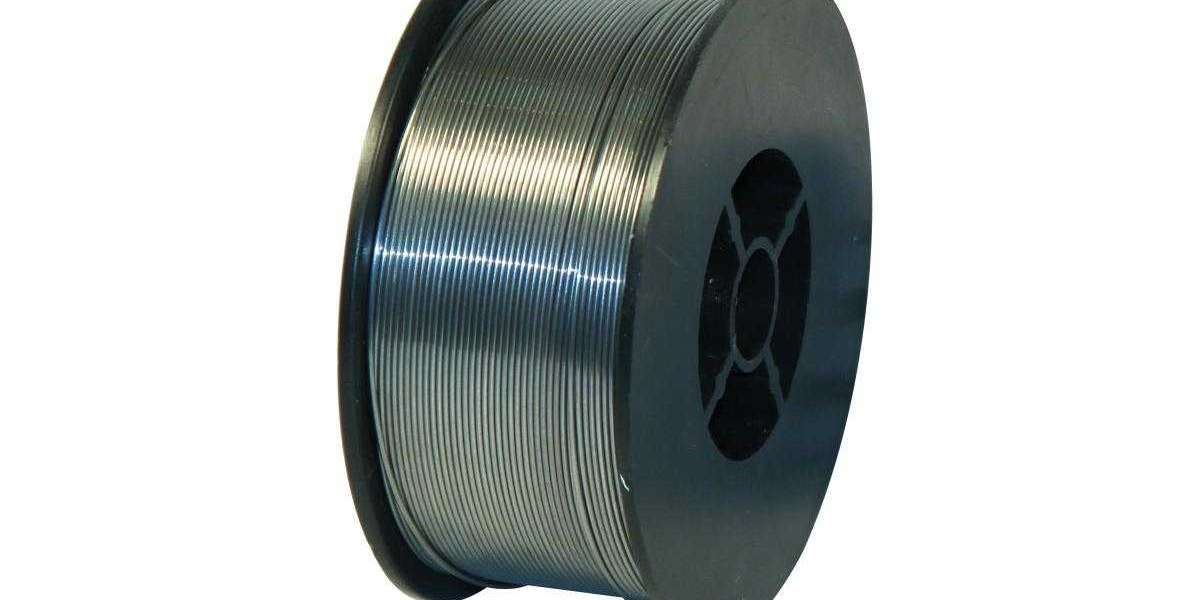Electric steam oven are a rising trend in modern kitchens, known for their ability to cook food evenly while preserving moisture and nutrients. Here’s everything you need to know about electric steam ovens:
1. How Electric Steam Ovens Work
- Steam Cooking Technology: Electric steam ovens use hot steam generated by boiling water to cook food. Water is either stored in a built-in reservoir or connected to a water line. The oven heats the water to create steam, which circulates inside the cavity to cook food without drying it out.
- Combination Models: Some steam ovens combine traditional convection cooking with steam, offering versatile cooking options that allow users to switch between or combine both methods for different types of dishes.
2. Benefits of Steam Cooking
- Healthier Cooking: Steam cooking is one of the healthiest cooking methods as it locks in the food’s moisture, nutrients, and vitamins that are often lost with dry heat cooking or boiling. This makes it perfect for preparing vegetables, fish, poultry, and rice without the need for added oils or fats.
- Even Cooking: Steam helps to distribute heat evenly across the entire oven, preventing hot or cold spots and resulting in perfectly cooked food. Whether you’re baking bread or steaming fish, you get consistent results.
- Food Moisture Retention: The steam keeps food moist, ensuring that meats don’t dry out and baked goods stay soft and fluffy on the inside with a crispy exterior.
- Reheating without Drying: One of the standout features is the ability to reheat food without drying it out, unlike traditional ovens or microwaves. It refreshes leftovers, making them taste almost as good as when first cooked.
3. Types of Electric Steam Ovens
- Pure Steam Ovens: These ovens use only steam to cook food, ideal for those who prioritize healthy, low-fat cooking.
- Combination Steam Ovens: These are the most popular and versatile models. They combine steam with conventional or convection heating, allowing you to steam, bake, roast, or grill in the same appliance.
- Steam-Assisted Ovens: Some conventional ovens offer steam assistance. These models inject steam at specific intervals, often during baking, to achieve a perfect texture, such as crispy bread crusts or moist cakes.
4. Features to Look For
- Water Reservoir vs. Plumbing Connection: Steam ovens either come with a water reservoir that needs refilling or are plumbed directly into your home’s water line. A reservoir model gives more flexibility for placement, while a plumbed option ensures continuous steam without manual refilling.
- Temperature Range: Steam ovens offer a wide temperature range, usually between 100°F (for gentle steaming) to 450°F (for convection cooking), allowing you to prepare a wide variety of dishes.
- Preset Cooking Modes: Many steam ovens come with preset modes for specific foods like vegetables, meat, bread, and rice. This simplifies cooking as the oven automatically adjusts the time, temperature, and steam level.
- Multiple Rack Positions: Some ovens offer multiple racks, so you can steam different foods simultaneously without transferring flavors.
- Self-Cleaning or Steam Cleaning Mode: Some models come with an automatic cleaning feature that uses steam to loosen grease and grime, making it easy to wipe down the oven afterward.
5. Advantages of Electric Steam Ovens
- Nutrient Preservation: Steaming retains the natural vitamins, minerals, and antioxidants in food. It’s particularly beneficial for vegetables, which can lose nutrients when boiled or fried.
- Perfect for Baked Goods: Steam ovens can create bakery-quality bread by injecting steam to help dough rise and develop a perfectly crisp crust while keeping the interior soft.
- Tender, Juicy Meats: Steam ovens keep meats juicy and flavorful by preventing them from drying out during cooking, which is ideal for chicken, turkey, and fish.
- Versatile Cooking: In combination steam ovens, you can use both steam and convection cooking at once, making them highly versatile. You can bake, roast, grill, steam, and even defrost in the same appliance.
- Energy Efficiency: Steam ovens use less energy than conventional ovens as they cook food faster. Cooking at lower temperatures for shorter periods reduces energy consumption.
6. Disadvantages of Electric Steam Ovens
- Cost: Steam ovens tend to be more expensive than conventional ovens. However, their versatility and health benefits may justify the higher upfront cost.
- Limited Browning: Pure steam ovens don’t brown or crisp food. For this reason, combination steam ovens are more popular as they offer both steaming and convection cooking.
- Water Reservoir Maintenance: For models with a water reservoir, refilling and cleaning the reservoir is an additional maintenance step.
- Learning Curve: Cooking with steam might take some practice, as it’s different from conventional dry-heat cooking. Some recipes may need adjustments in time or temperature.
7. Popular Brands
- Miele: Known for high-quality, premium steam ovens with intuitive interfaces and excellent performance.
- Bosch: Offers reliable, combination steam ovens at mid-range prices.
- Wolf: High-end appliances that combine steam and convection cooking with advanced features and precise temperature control.
- Electrolux: A versatile option that offers both steam and dry heat for more affordable prices.
- Samsung and LG: These brands have recently introduced steam ovens with smart features and competitive pricing.
8. Key Considerations Before Buying
- Cooking Habits: Consider how you cook most often. If you enjoy baking, roasting, or grilling, a combination steam oven would be a better fit. For those focused solely on healthy eating, a pure steam oven might suffice.
- Kitchen Space: Measure the space available in your kitchen. Steam ovens come in various sizes, and you’ll need to ensure enough clearance for both the unit and ventilation.
- Installation: Steam ovens may require professional installation, especially plumbed-in models. Make sure your kitchen is equipped with the necessary electrical and plumbing connections if needed.
- Budget: Prices range from $1,000 for basic models to over $4,000 for high-end, feature-rich options. Choose a model that fits both your needs and budget.
9. Maintenance and Care
- Descaling: Most steam ovens will need regular descaling to prevent mineral buildup, especially in areas with hard water. Many models have a built-in descaling program for easy maintenance.
- Cleaning: Wipe down the interior after each use to prevent food and water stains from building up. Some steam ovens also have steam-cleaning modes that loosen grime for easy wiping.
- Filter Replacement: For models with water filters, replacing the filter regularly is important to maintain the appliance’s efficiency.
10. Environmental Benefits
- Energy-Efficient Cooking: Steam ovens generally consume less energy since they cook food faster at lower temperatures. This reduces your overall energy footprint.
- Reduced Oil Usage: Since steam naturally prevents food from drying out, you don't need to add extra oils or fats, making your meals healthier and more eco-friendly.
Conclusion
Electric steam ovens are a versatile and healthy addition to any kitchen, offering nutrient preservation, better flavor, and moisture retention in your dishes. They are ideal for health-conscious cooks, those who want professional baking results, or anyone who enjoys experimenting with different cooking techniques. Although they come with a higher price tag, their multiple cooking functions, ease of use, and potential health benefits make them a worthy investment.
Would you like recommendations on specific models or guidance on choosing the best steam oven for your needs?








